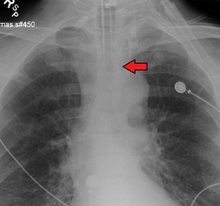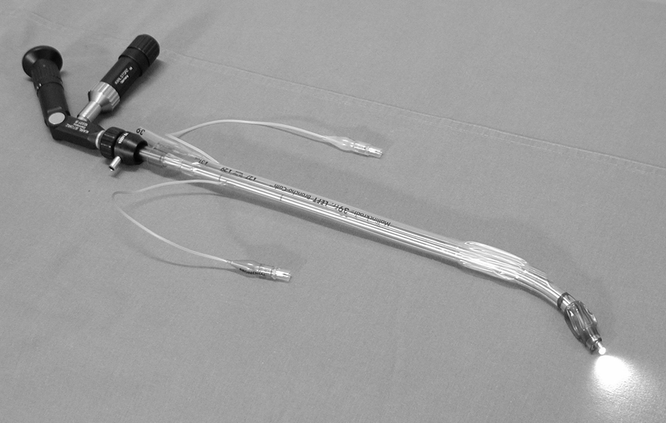Mistakes, such as improper intubation, when made by medical care providers can mean serious, long term harm, even death for patients. If you or a loved one has been injured by a medical care provider, you or your loved one could be entitled to recover monetary compensation for your expenses, injuries, and suffering. The experienced and compassionate Chicago-based medical malpractice lawyers at the Dinizulu Law Group, Ltd. will work with you to determine the best way to handle your medical malpractice claim. Contact us for a free consultation with one of our experienced medical negligence attorneys in Chicago, Illinois.
Intubation Procedure
If you have spent any time watching medical dramas on television you have probably seen a dramatization of a patient being intubated. Endotracheal intubation (ETI) is a medical procedure that places a tube in a patient’s throat to create an unobstructed pathway to allow breathing. This can be done to help a patient’s respiration during surgical procedures, or sometimes at the scene of a medical emergency when someone’s throat has been injured due to some form of trauma.
The process of performing an endotracheal intubation is relatively straightforward for properly trained and equipped medical personnel. First, the patient is placed with the neck flexed so that the throat is as straight as possible. Then the doctor or EMT uses a tool called a laryngoscope to hold open the mouth and move the tongue out of the way so that they have unobstructed access to the airway. They then raise the handle portion of the laryngoscope so that the patient’s vocal cords become visible.
Once the vocal cords are visible, the doctor or EMT inserts an endotracheal tube, a plastic tube with an inflatable cuff circling one end, down the throat until the inflatable cuff is just below the vocal cords. After the tube has been situated, the laryngoscope is removed and the cuff is inflated, preventing the tube from accidentally being dislodged from the patient.
In order to determine that the endotracheal tube has been placed correctly, the doctor or EMT will check to see that there appears to be movement of the chest, and that breathing sounds are detected from both lungs.

When Injuries Happen
While inserting an endotracheal tube would seem to be a fairly technically straightforward procedure, there are some potential issues that can arise, such as perforation of the vocal chords, larynx, or esophagus, and potential damage to the teeth and soft tissue of the mouth. The most serious complication, however, is if the endotracheal tube is accidentally inserted into the esophagus, which can result in the attending medical staff thinking the patient is getting sufficient air when they actually are not. This can lead to oxygen deprivation and brain damage if it is not caught quickly and corrected.
Because of this and other possible complications such as potential infections and delays in transporting patients to a hospital, there is a discussion in the medical community about whether or not endotracheal intubation should be performed by paramedics outside of a hospital setting. It should be pointed out, however, that no generally-accepted consensus has been reached on this matter, and endotracheal intubation remains a valid practice by emergency medical technicians in the field, particularly in patients who have had a heart attack or suffered burns to the airway.
Take Action
The Dinizulu Law Group,Ltd. is a personal injury firm in Chicago with a reputation for tough litigation and winning substantial compensation for clients. With over 60 years of combined experience, our medical malpractice and negligence attorneys have a strong record of getting medical care providers held accountable. We fight for the maximum compensation and get the injured the relief they need. Contact us for a free consultation.
By taking action, not only might you be able to recover compensation for yours or your loved one’s needs, but you will prevent bad medical care from harming other patients.



